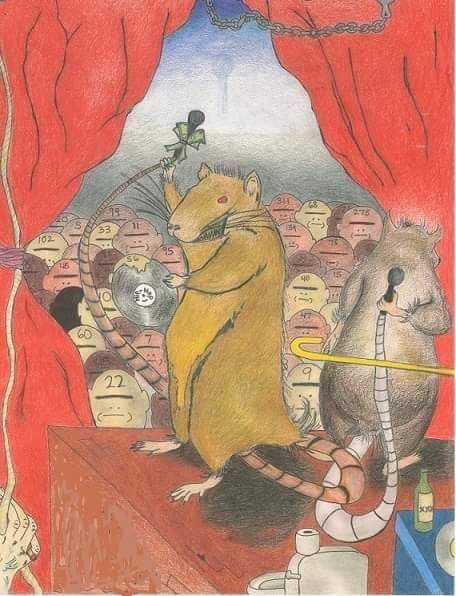
by Cecil Brown
On Dec. 31, 2020, reports began to come in that the legendary emcee MF DOOM had passed away in late October, an announcement that was publicly made by his wife and loved ones.
If you’ve never heard of MF DOOM, it’s quite all right. It’s not really your fault because you weren’t supposed to have heard of him. He hasn’t been part of the regular corporate programing that has taken hold of mainstream hip-hop culture for over 40 years, ever since Adidas realized “My Adidas” could make them serious dividends.
One could say that throughout this period, we’ve witnessed the making and handling of a death culture obsessed with murder, materialism and what’s perceived as power. Promoters and supporters have blasted the public with dismissive excuses all these years as to why the quality and soul of the music had taken such a grim turn, and why we do not have more diverse voices on mainstream radio than trivial neighborhood drama and self-adulation to the point that this nauseating egotism has become the norm.
MF DOOM – all caps always – is not the topic of this article, but his death marks a critical point in today’s climate, a permanent marking in our hearts by the works of a master who revealed that the culture is no longer in favor of people.
I first heard of DOOM’s music in 2007 through Alex Dilone, an artist from the Bay Area – Hayward and Berkeley – who began working with me on various projects in the mid-2000s when he was 29 years old. He was coming up with his fitness gaming concepts at that time, which years later got him two years’ worth of “courtship” with two major householdbrands. Ultimately, he walked away due to what he believed to be shelving of his products.
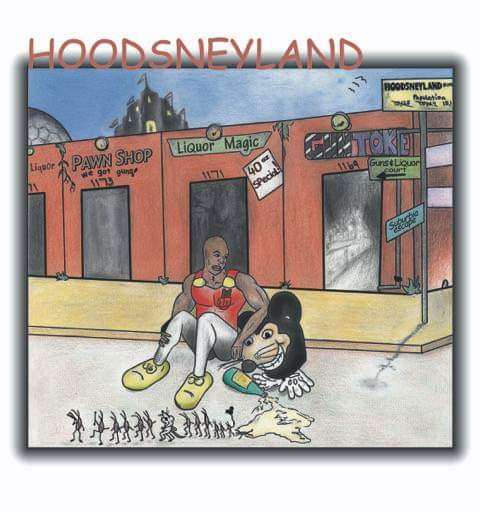
Nevertheless, that experience gave him confidence and introduced him to meaningful connections, helping him deal with corporations later on with his own sustainable products company. What brought us to work together was that his main interest was working on original story ideas mixed with his loose sketching, something he described as “half-detailed, half-cartoon,” wavering in both dimensions.
Some of his pencil drawings that you see featured in this article resemble large canvases fit for art critics, who undress paintings with their eyes and uncover the universal soul behind them. He would first start handling a lot of my storyboard needs along with social media pages for my books and published articles, even trusting me with his Facebook account when I had problems writing messages from mine.
Our friendship was solid right from that first day we met at a mutual friend’s house. I asked him where he was from and he told me he was born in the Dominican Republic and that his mother had remarried and moved to California when he was 10 years old.
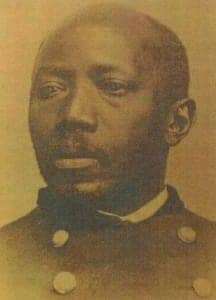
I looked at him and said, “Shoot, you’re just my brotha from the islands, and don’t let any fool, Black, white or blue, tell you otherwise! Don’t tell me the man at the corner store with the heavy foreign accent doesn’t say ‘Thank you, brotha,’when you buy something?!”
He looked at me with a warm grin and gave me one of those close handshake half-hugs followed by laughter. I could tell that he felt a sigh of relief, a common ground unshakable by the crudest of propaganda, and we were no longer strangers.
Four years before we met, Alex had already begun working on his research, interviews and writings on why there was such a tight siphon on what the public received from the mainstream outlets in the music industry. Why a walk down the hip-hop aisle at a record store felt like a stroll through a miniature cemetery filled with gravestones in the form of CD cases, advertising death every which way possible.
The whole culture became one entire case of managed Blaxploitation with a conveyor belt of talent giving the media machine – which at the time were mostly magazines, radio stations and TV networks – a soundtrack to provide for a world full of youngsters who couldn’t get enough. This machine is willing to use pawns for the desired template, while repeating excuses that turned to generic mantras, regurgitated and enforced by the public.
“It’s what sells” or “Stop player hating” became the gun in the holster for anybody who quickly wanted to halt any serious conversation about our condition. How can you go up against a force that is willing to use so much propaganda and resources and have the public’s backing with no questions asked?
You don’t, for what you declare war upon will also declare war upon you – something your wallet and your time could quickly equalize in your own space. I admit that as an established writer, this outlet allows me to express myself unlike many others, to be able to let out anxiety as well as put out facts even when the reality of the agenda is so disturbingly depressing.
For an obvious example of this manipulation, you can look at the same few rappers chosen in the past 15 years for their music on blockbuster movie trailers, which get advertised throughout the planet and put out a very limited view and vibe of the culture. This is a very important point that we will revisit later on in this article, because the public’s acceptance of this shows a compliance that goes deeper than musical taste – or should I say a lack of.
People often hold on to their perceived culture as a self-identifying safety mechanism. That’s why when challenged with facts, even by someone who grew up in the same culture, it’s easy to internalize all that and turn it into a personal attack.
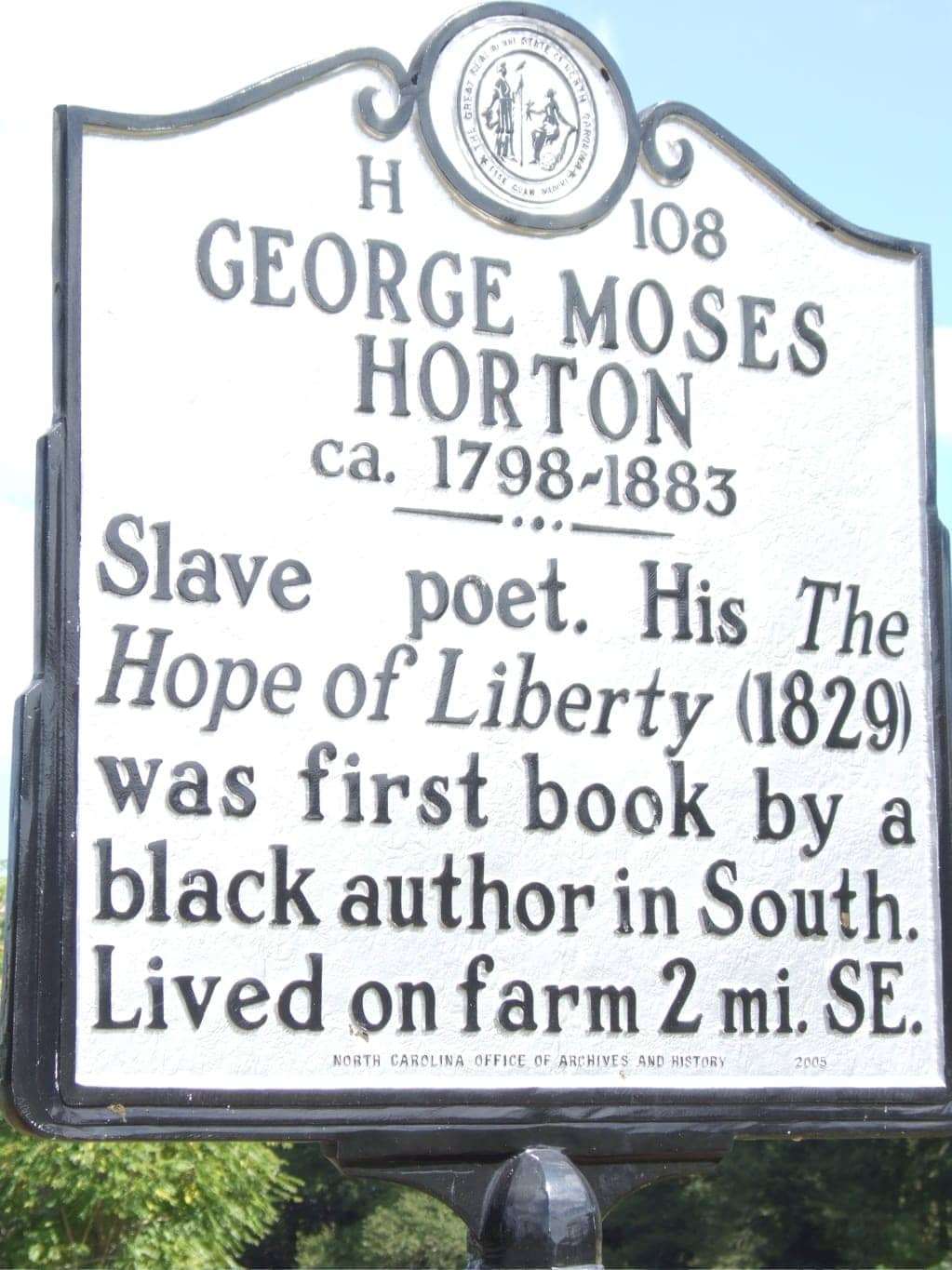
For example, you could do years of research and hands-on work, as Alex did when he focused on the California underground hip-hop scene, coming back with that knowledge in discussions with folks who fiercely supported the mainstream machine and rejected anything that could be wrong with its handling.
Realizing what diverse and amazing cultures formed from places like the Good Life Cafe in Los Angeles, Telegraph Avenue in Berkeley or the live hip-hop movement in San Francisco, Alex knew that he had to do some type of work showing all of this to the people or keeping some type of record because this pool of incredible talent was not exclusive to California. This was going on all over the nation, all over the world.
The seeds that were planted by those who created this art form we call hip-hop were beginning to show themselves and their particular styles. Alex and I began the “Heroes of Hip-Hop” Facebook page right after he made the one for my 2011 novel, “Richard Pryor Lives.” This wasn’t going to be oriented towards making dollars at first, but more of a historical stop, an unconventional catalog you could virtually flip through to find something you might have never heard of.
This is a perfect addition or link to the George Moses Horton Virtual Hall. Along with the rich history Horton created, it would be beneficial for all people to see the true writers and poets of our time, descendants of the ingenuity George Moses Horton thrived on.
Alex got the “Heroes of Hip-Hop” page idea from something one of his favorite artists, Robert Crumb, did with his “Heroes of the Blues” playing cards that highlighted unsung blues legends who live on today through his drawings. Alex was just starting his sustainable products company – he never intended to be a full-time cartoonist like Crumb – but he knew a project like this one could be done with time and care.
Linking “Heroes of Hip Hop” to the Horton Hall will provide the users instant access to the biography, art and music of a particular artist, a simple way to find and share something new.
I mentioned at the beginning of this article that MF DOOM will be the first artist listed. His story along with all the other artists we choose will highlight the uniqueness of the talent out there. Art beyond the stereotypes that have been tattooed on our minds by heavy programming, something we may not ever fully escape or truly confront ourselves with, especiallywith the numbing comforts of modern living and the access and excess of today’s digital entertainment.
Putting his art ahead of comfort started with a choice Alex made at 21 years old between a CD burner with a mound of blank discs over a used car. You see, the car to him was no big deal for several reasons, one being that he lived but a few steps away from the bus that took him directly to college down the bustling Hesperian Boulevard, a main concrete artery that stretches throughout the city of Hayward.
The hip-hop culture is also a huge catalyst for resistance to bigotry and racism, seen by its impact worldwide as the first universal culture we have ever witnessed.
Moved by what he witnessed coming out of the underground scene, Alex chose to give out free mixed CDs he copied that whole spring semester at Chabot College in 1998. The substantial feeling of sharing this culture was unbearable for him: How can the radio miss so much?
The radio is so irrationally focused on steadily giving the public a negative vibe, a documented fact from countless individuals who were told what to say or what not to say by studio executives. “Underground hip-hop will save the world,” was the phrase an LA emcee, 2Mex, proclaimed years later. That same message cradled Alex’s conviction back then through some of the long road trips to live music and art shows and the hours he spent writing and gathering articles.
The voice of the people echoes in our psyche; it talks to us through ideas expressed by others that wake up a universal truth one feels or already thought about. It has no place for fad cultures or enforced fervor, and it always has your back.
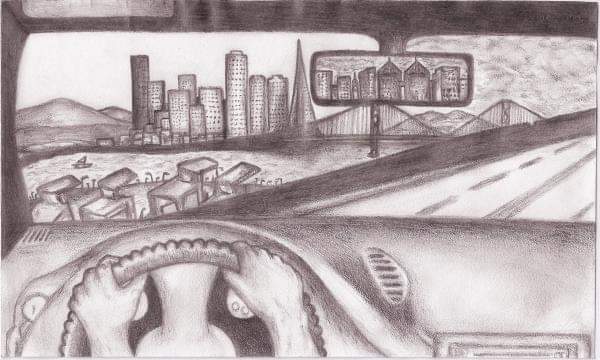
Alex had that same feeling the real “Freeway” Rick Ross had when he mentioned he was disappointed with what was done with the hip-hop culture. He had that same question Jacque Fresco asked in the 1970s: How can we make a spacecraft that can successfully maneuver throughout space using radars and incredible technology, but vehicles on Earth are still violently colliding into each other and causing substantial human suffering?
Or the knowledge that was coming from people like Professor Griff, Black Dot, ZaZa Ali, Joe Rogan, Peter Joseph, Paul Chek, Patricia Rose and countless others who expressed a different point of view than the major media outlets.
A central point such as the Horton Hall, even for us, helps to focus and deal with our social, economic and racial dilemmas in an era where there is so much information. The hip-hop culture is also a huge catalyst for resistance to bigotry and racism, seen by its impact worldwide as the first universal culture we have ever witnessed.
I’m sure this had a lot to do with its current handling. Such power to connect and provide for the people can be very intimidating to the ones who’d rather hold on to the power they have. The Horton Hall will have a colorful list of characters beyond their skin tone, beyond the covering up of uncomfortable talks we need to have on race.
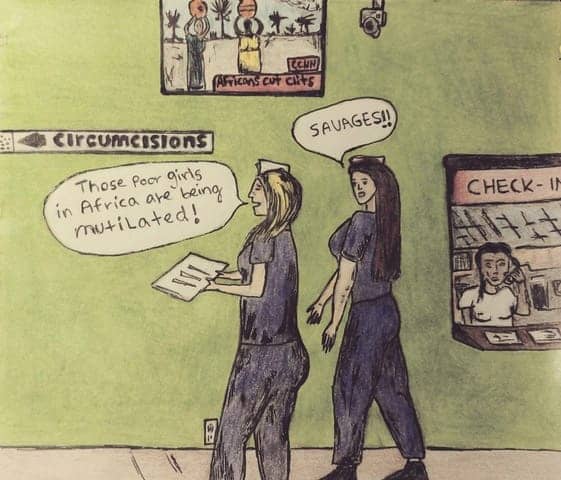
Even in our own discussions on this subject, Alex had been reserved and held back this unpleasant thought as he did in the past with loved ones and strangers alike. He noticed the turmoil of racism in them, an enforced idea they learned through time, and in no way was he ready to confront them on that.
Eventually, our talks on race became easier for him to conduct in public, trying to understand the complex dilemma of race in America and the sick “entertainment” industry behind it. Dissolving this whole issue of white and Black and making it a world issue, dealing with the rage he felt for the ones who never saw his humanity.
At the core of past mistakes and regrets is the feeling of not ever being enough to be a whole person in someone’s eye, a common theme in a cruel racist world. Or it could present itself as the rap “culture” that depicts African Americans as pimps and thugs to other countries, and then those immigrants who come here already have that set thought.
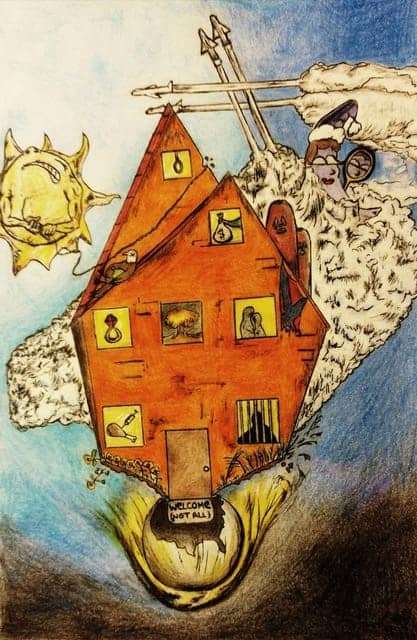
Or it could present itself in a blockbuster film a young kid once watched in the Dominican Republic, who thought real Indian food was raw baby snakes, tarantulas, eyeball soup and chilled monkey brains for dessert. No other type of information from that corner of the world reached him but that movie imagery, leaving a deep impression on his mind for that corner of the world.
It may be that as we expand ourselves out in an ever-growing diverse culture, we could eventually overcome the communication gap that has been placed by the gatekeepers. The information highway is just beginning to get its wings, while the new wave of siphoning that information is rolling out unchecked and unseen by most.
Novelist and educator Cecil Brown, senior lecturer in Urban Studies and director of The George Moses Horton Project at Stanford University, is best known as the close friend, screenwriter and biographer of Richard Pryor and as the author of “The Life and Loves of Mr. Jiveass Nigger,” “Stagolee Shot Billy” and most recently “Pryor Lives: How Richard Pryor Became Richard Pryor: Kiss My Rich Happy Black Ass.” Brown can be reached at browncecil8@me.com.
Dominican-born Alex Dilone is an American artist, writer and entrepreneur. He first partnered with Professor Cecil Brown as a storyboard artist for Brown’s short film adaptation of his novel “I, Stagolee,” presented at the Oakland International Film Festival in 2007. In 2011, he co-founded Leaf & Fiber that creates disposable plates and bowls, each formed from a single fallen palm leaf – heatproof, waterproof and visually stunning. Email him at alexdilone@leafnfiber.com.





